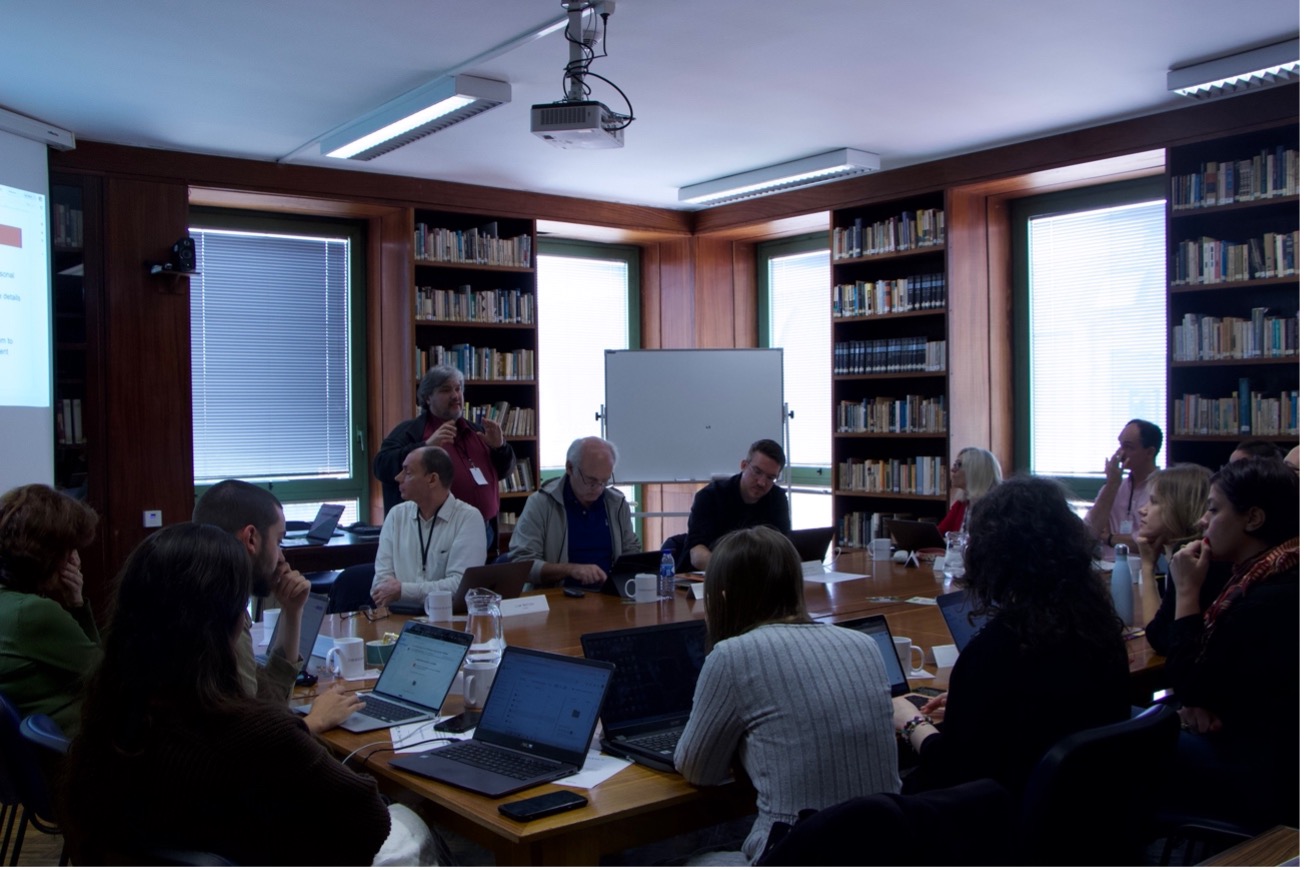On the 30th of October, we participated in the 3rd workshop of the Meeting on Digital Humanities. Led by Federico Boschetti, it was entitled “Shared Visions: Marco Polo’s Travels from Medieval Collective Imagination to Contemporary Computer-Assisted Imagery”. This event bridged the past and the present, exploring how Marco Polo’s journeys—as depicted in the medieval manuscript MS. Bodl. 264—can be reimagined and interpreted through modern technology, especially AI.
The session revolved around creating an interactive exhibition concept, where participants used miniatures extracted from MS. Bodl. 264 to create descriptions aimed at specific audiences. These descriptions, when combined with generative AI, produced the creation of entirely new images inspired by the original.
During the session, we were invited to immerse ourselves in Marco Polo’s visual legacy. Each participant selected a particular scene from the manuscript that resonated with them. The task was to create two descriptions: one short and simple, intended for children, and another more detailed and longer. These descriptions were then fed into ChatGPT to produce new AI-generated images.
Using the original miniature as a reference, we then refined the AI’s creations, prompting it to reinterpret the artwork based on our written descriptions while retaining the essence of the original.
One of the aspects I found most fascinating from this workshop was observing the diversity of outcomes. Even when participants chose the same scene, their descriptions—shaped by individual perspectives and creative approaches—led to distinct results. This highlighted not only the interpretative richness of artworks but also the potential for AI to amplify these variations based on different prompts, offering endless possibilities for reimagining art. There was also room to see how the infamous AI hallucinations work—since in one of my AI-generated images there was a strange creature with jaguar face, monkey tale and bird wings.
This workshop was a reminder of how history and technology can be combined to create something entirely new. The experience of the workshop also raised intriguing questions: How do our interpretations shape the way AI recreates art? What ethical considerations arise when blending original sources with computational outputs? And how can we use these tools to make historical art accessible to different audiences?
“Shared Visions” exemplified how Digital Humanities can operate as a bridge between the past and the present, encouraging interdisciplinary collaboration and creativity. The workshop highlighted the power of AI to reimagine cultural narratives while inviting critical reflection on the role of human input in shaping these tools’ outputs.
As the field of Digital Humanities continues to grow and becomes more and more essential, this workshop offered a glimpse into its transformative potential. By integrating medieval art with modern technology, we are not only preserving history but also creating new ways to experience and interpret it.

